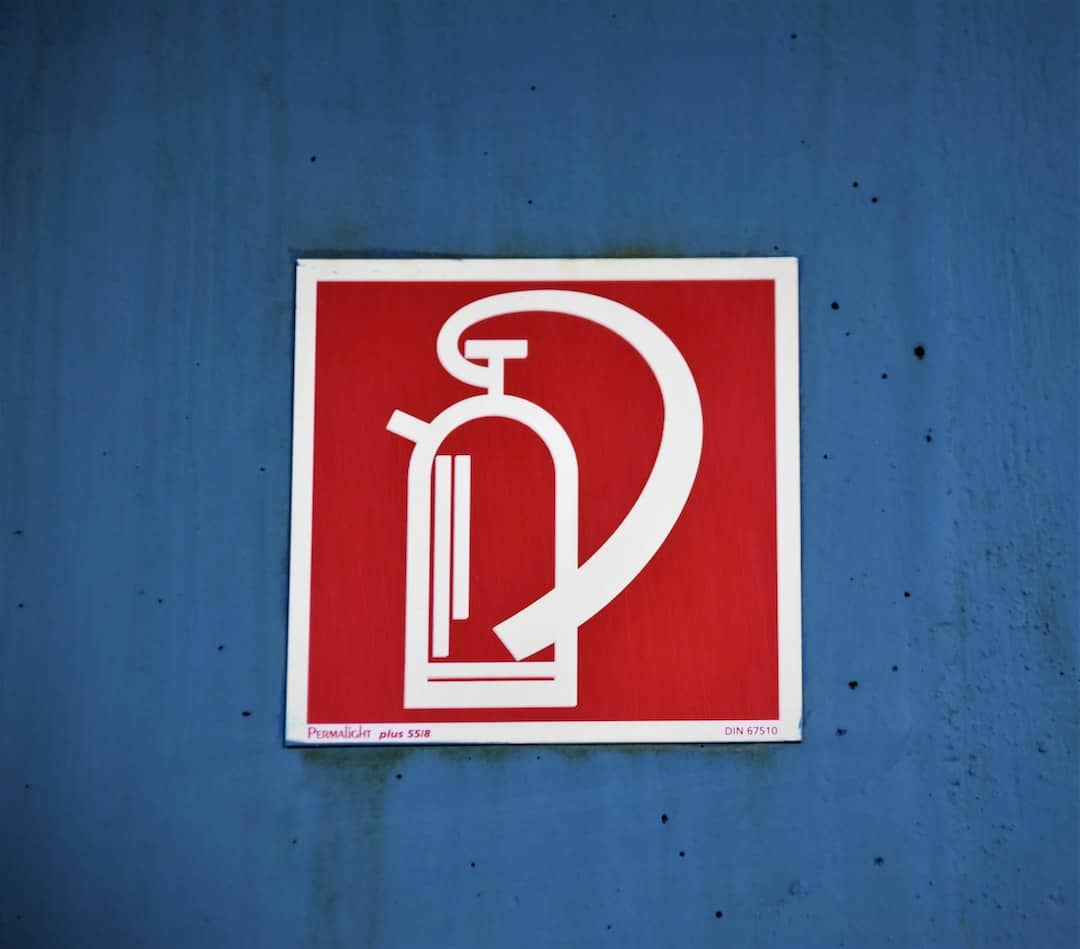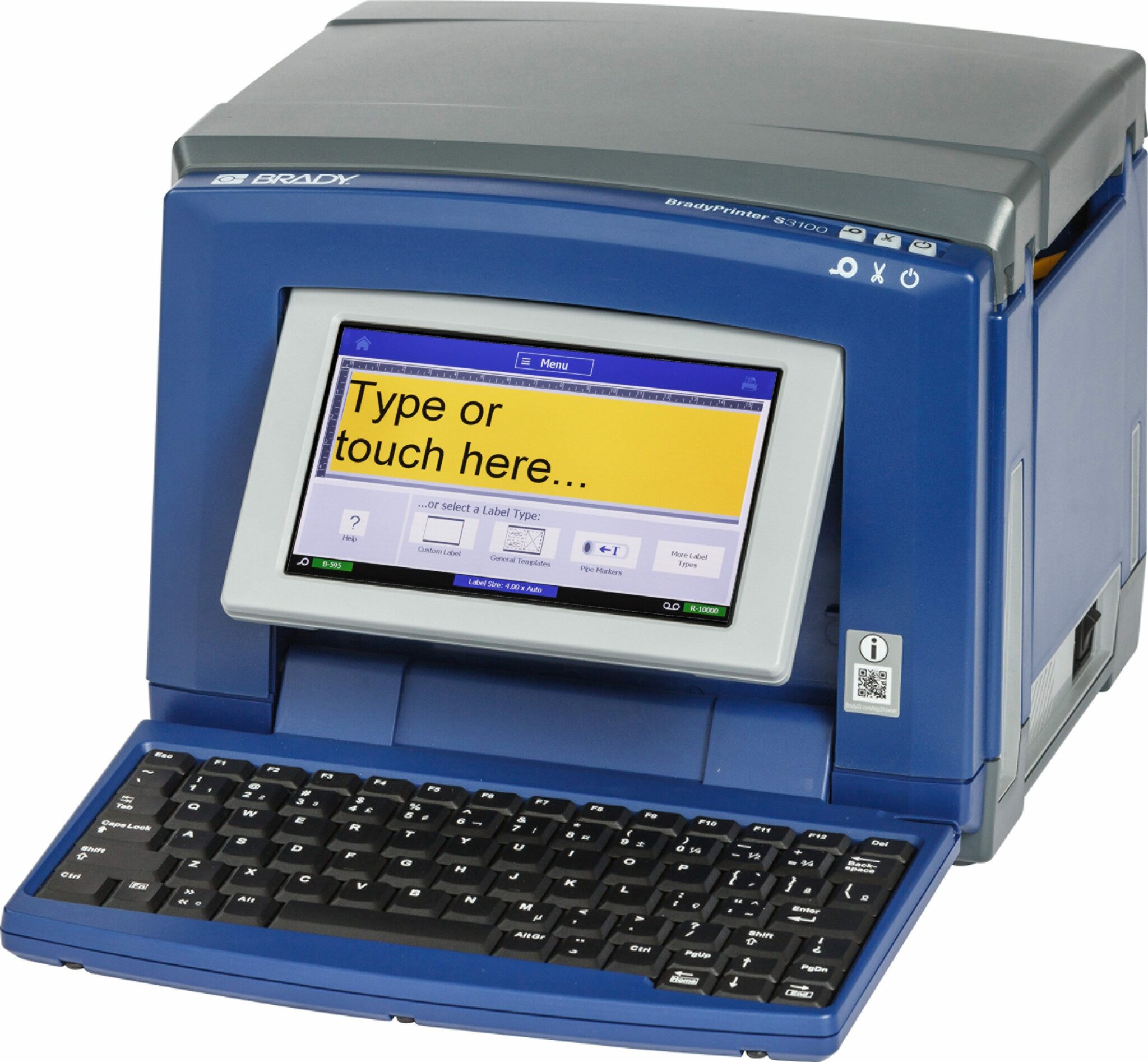Accidents are an unfortunate part of life, but prevention is key when it comes to avoiding them.
One way to help prevent accidents is by using warning signs and symbols in the workplace. By providing clear and concise information about potential hazards and risks, warning signs and symbols help employees stay safe and avoid dangerous and life-threatening situations.
In this post, we’ll discuss how to effectively use warning signs and symbols to prevent accidents in the workplace.
First, let’s talk about the different types of warning signs and symbols.
Understanding the Different Types of Warning Signs and Symbols
To use warning signs and symbols effectively, it’s important to understand the different types of signs and symbols that are commonly used. Some common types include:
Danger Signs
Danger signs are used to indicate immediate hazards that could cause serious injury or death. These signs typically feature a red background and white lettering or symbols.
Warning or Hazard Signs
A warning sign lets you know about potential hazards that could cause serious injury or death to you. A hazard symbol typically features a yellow background and black lettering or symbols.
Caution Signs
Caution signs warn you of potential hazards that could cause minor to moderate injuries. These signs also typically feature a yellow background and black lettering or symbols.
Safety Instruction Signs
Safety instruction signs are used to provide specific instructions for safe behaviour. These signs typically feature a green background and white lettering or symbols.
Emergency Information Signs
Emergency information signs provide important contact information in the event of an emergency. These signs are typically used to give directions to emergency-related facilities. They typically feature a green background and white lettering or symbols.
Prohibition signs
Prohibition signs are used to tell you that the activity you’re about to do is prohibited. These signs typically feature a red background and white.
Identifying Potential Hazards and Risks
Before implementing warning signs and symbols, it’s important to identify potential hazards and risks in the workplace. This can be done by conducting a risk assessment, which involves analyzing the tasks and activities performed in the workplace and identifying potential hazards and risks associated with each task. Some common workplace hazards and risks include:
1) Chemical Exposure:
Chemical exposure can pose a serious threat to the health and safety of employees. Chemicals can be found in many workplaces, including manufacturing plants, laboratories, and cleaning facilities.
Exposure to harmful chemicals can cause a range of health problems, from skin irritation to respiratory issues to long-term illnesses. Employers must take steps to minimize chemical exposure by providing proper ventilation, ensuring proper handling and storage of chemicals, and providing employees with personal protective equipment, such as gloves and respirators.
2) Electrical Hazards:
Electrical hazards are a common workplace hazard, particularly in industries such as construction and manufacturing. Exposure to electrical hazards can cause electric shock, burns, and other serious injuries.
Employers can prevent electrical hazards by ensuring that all electrical equipment is properly installed and maintained, using appropriate wiring and grounding techniques, and providing employees with appropriate personal protective equipment.
3) Falling Objects:
Falling objects can cause serious injury or even death in the workplace. This hazard is particularly common in industries such as construction, where workers are often required to work at heights.
Employers can prevent falling object hazards by providing employees with appropriate safety equipment, such as hard hats, safety glasses, and safety nets, and ensuring that all objects are properly secured and stored.
4) Slips, Trips, and Falls:
Slips, trips, and falls are common workplace hazards that can result in serious injury, particularly among older workers. This hazard can be caused by a variety of factors, including wet or slippery surfaces, cluttered work areas, and poor lighting.
Employers can prevent slips, trips, and falls by keeping work areas clean and free of clutter, ensuring that floors are dry and well-lit, and providing employees with appropriate footwear.
5) Machinery Hazards:
Machinery hazards are common workplace hazards, particularly in manufacturing and construction industries. Employees who work with machinery are at risk of injury from moving parts, entanglement, and other hazards.
Employers can prevent machinery hazards by providing appropriate safety guards and barriers, ensuring that machinery is properly maintained and serviced, and providing employees with appropriate training on safe operating procedures.
Placing Warning Signs and Symbols in the Right Location
Once potential hazards and risks have been identified, it’s important to place warning signs and symbols in the right location. This ensures that employees are aware of potential hazards and can take steps to avoid them. When determining the appropriate location for warning signs and symbols, consider the following:
- Visibility: These signs should be kept in a reasonably prominent position to ensure that everyone can see them clearly.
- Distance: Signs and symbols should be placed at a distance where employees have enough time to react and avoid potential hazards.
- Context: Signs and symbols should be placed in context with the potential hazard, such as near machinery or in areas with slippery floors.
Training Employees on the Meaning of Warning Signs and Symbols
To effectively use warning signs and symbols, it’s important to train employees on their meaning and purpose. This can be done through a variety of methods, including:
1) Classroom Training:
Classroom training is a formal method of training that is often used to teach employees about warning signs and symbols. This type of training is typically conducted in a classroom setting, either on-site or off-site, and is led by an instructor. During classroom training, employees are taught the meaning and purpose of warning signs and symbols, as well as how to respond to different types of hazards.
2) On-the-Job Training:
On-the-job training is a hands-on method of training that is often used to teach employees about warning signs and symbols. This type of training is typically conducted on the job, with an experienced worker providing guidance and instruction to a new employee. During on-the-job training, employees are taught how to recognize and respond to different types of hazards, as well as how to properly use personal protective equipment.
3) Safety Meetings:
Safety meetings are a common method of training that is often used to reinforce the importance of workplace safety. These meetings are typically held on a regular basis, such as weekly or monthly, and are led by a supervisor or safety officer. During safety meetings, employees are reminded of the importance of using warning signs and symbols, as well as the consequences of not following workplace safety protocols.
4) Posters and Handouts:
Posters and handouts are a visual method of training that is often used to reinforce the importance of workplace safety. These materials can be displayed in common areas, such as break rooms or near equipment, and provide a quick reference for employees.
Posters and handouts can include information about the different types of warning signs and symbols, as well as how to respond to different types of hazards.
By training employees on the meaning and purpose of warning signs and symbols, they will be better equipped to identify potential hazards and respond appropriately.
Maintaining and Updating Warning Signs and Symbols
To ensure that warning signs and symbols remain effective, it’s important to maintain and update them regularly. This can be done by:
- Inspecting signs and symbols for wear and tear
- Replacing signs and symbols that are damaged or faded
- Updating signs and symbols to reflect changes in workplace hazards or risks
For example, if there is a new piece of machinery that poses a potential hazard, it’s important to add a warning sign or symbol in the appropriate location to alert employees of the danger.
Regular maintenance and updating of warning signs and symbols ensures that they remain effective and continue to prevent accidents in the workplace.
Conclusion
Warning signs and symbols are an essential component of workplace safety. Employers can effectively use warning signs and symbols to prevent accidents and keep employees safe.
At Jabac, we have a wide range of safety signs, labels, and tags that can be used to clearly communicate potential hazards in the workplace. Get in touch today to find out more.
Warning Signs – FAQ
What is the Australian Standard AS 1319-1994?
The Australian Standard AS 1319-1994 is a nationally recognized standard that outlines the requirements and specifications for safety signs in Australia. This standard includes information on how to design, install, and maintain safety signs intended for use in the occupational environment and aims to control safety-related behaviour.
What are 6 different types of warning signs?
The 6 different types of warning signs are: danger, caution, hazard, emergency information, prohibition and mandatory safety. Danger signs alert people to the presence of a potential fatal or serious injury hazard; caution signs warn people of a potentially hazardous situation that may cause minor or moderate injury; hazard signs alert people to the presence of a hazardous substance; emergency information signs provide instructions in the event of an emergency; prohibition signs tell people not to do something; and mandatory safety signs inform people of a specific action they must take.
What should be included on warning signs?
Warning signs should include: a pictogram or symbol that clearly conveys the hazard, a description of the hazard, any relevant safety precautions, and any additional warning labels. Additionally, the signs should be consistent with the Australian Standard AS 1319-1994 and must be clearly visible and legible.
Categorised: 2023



